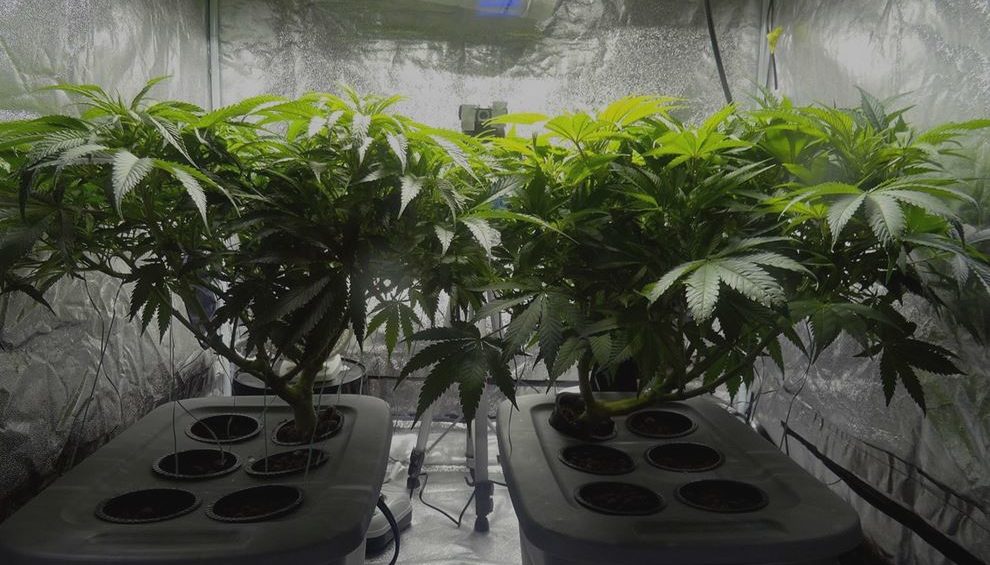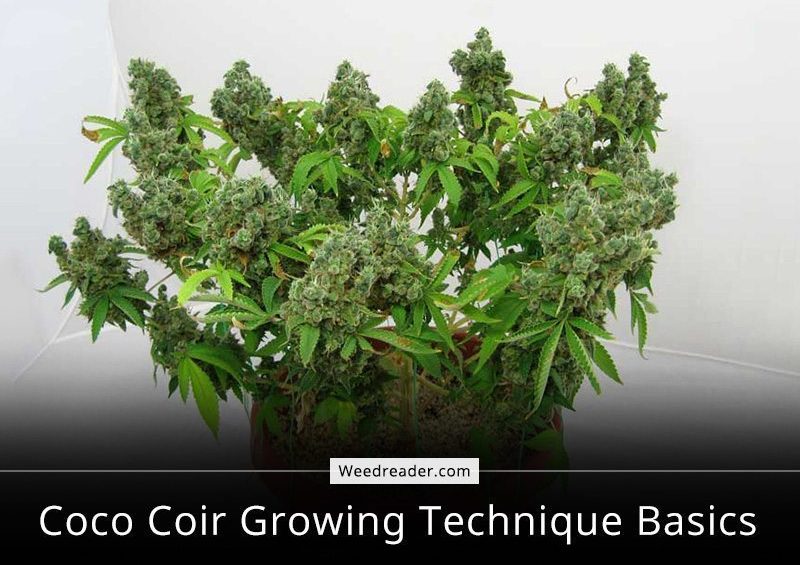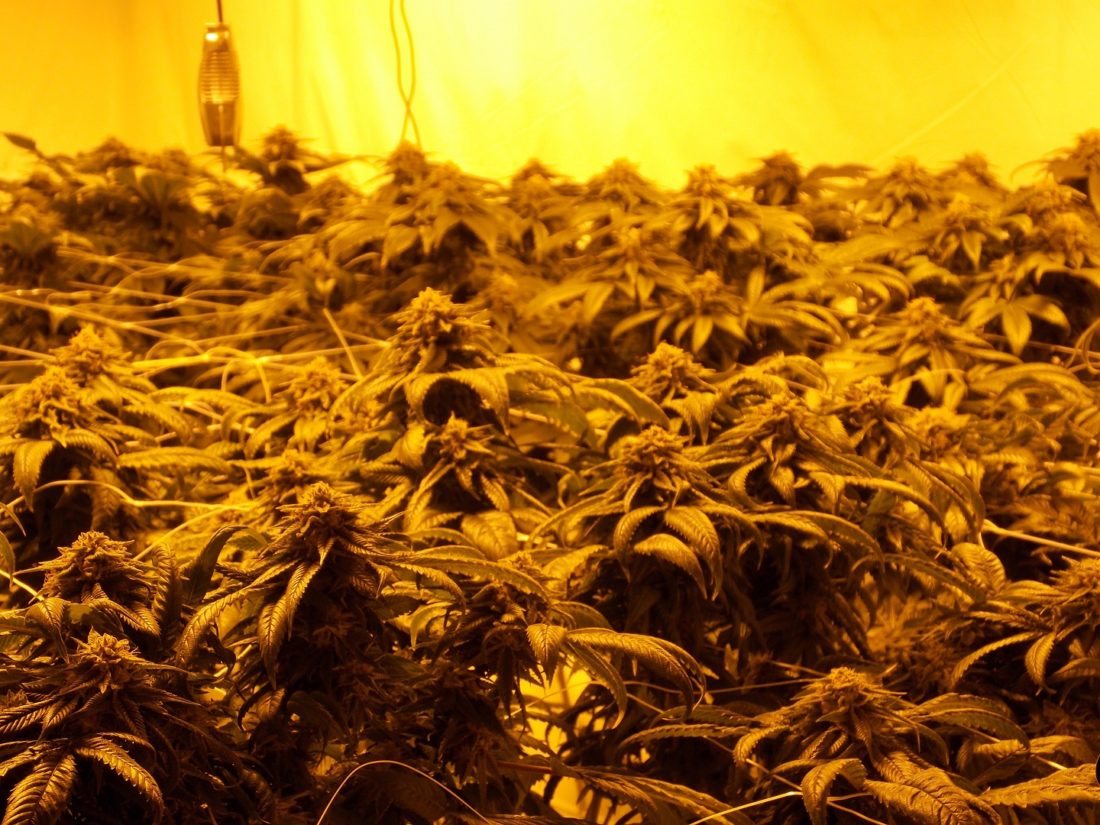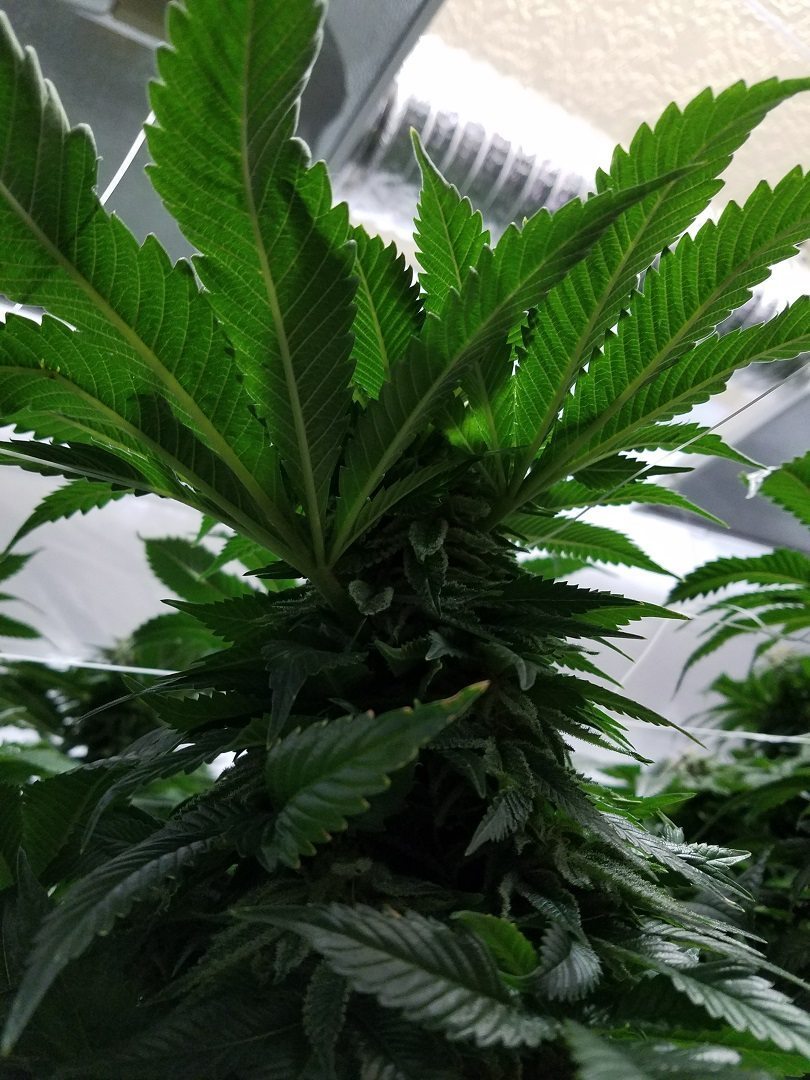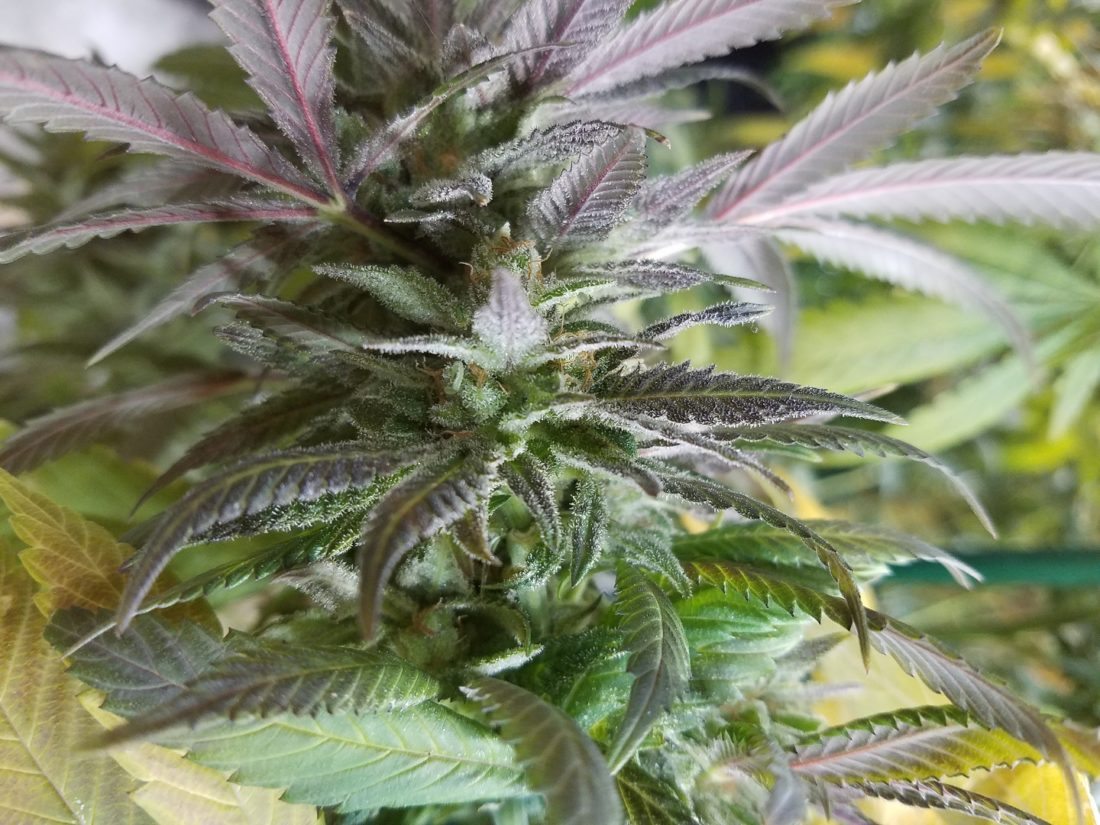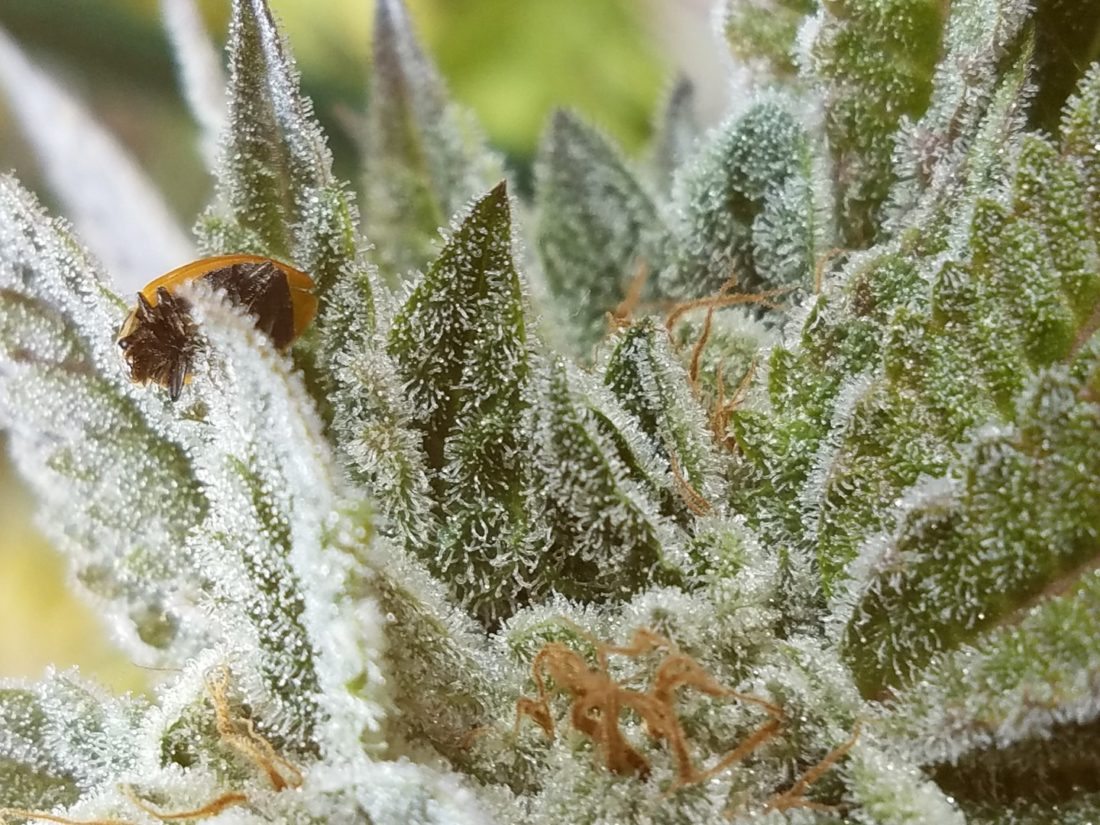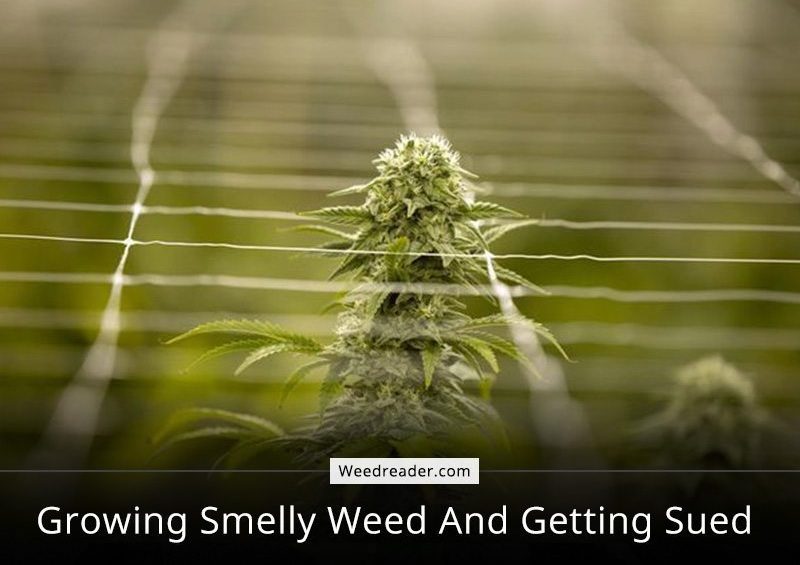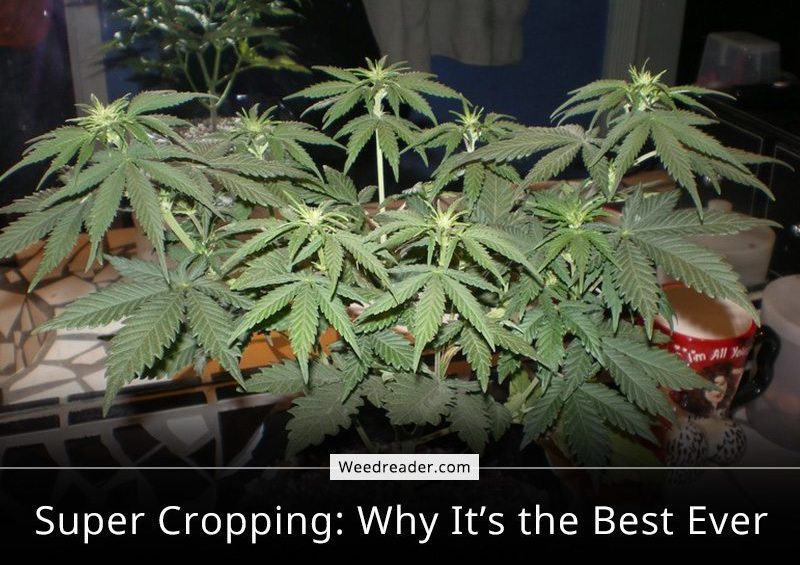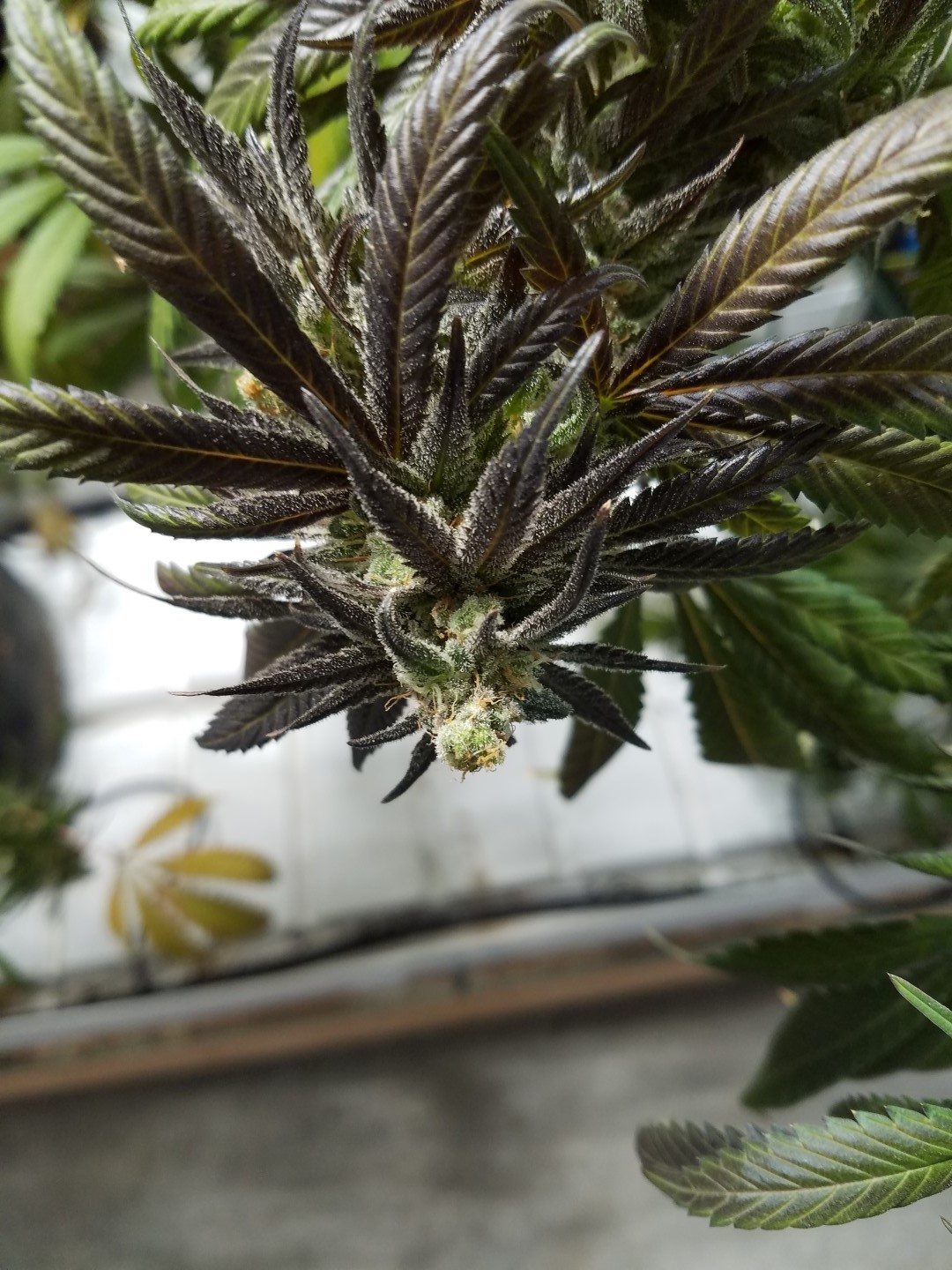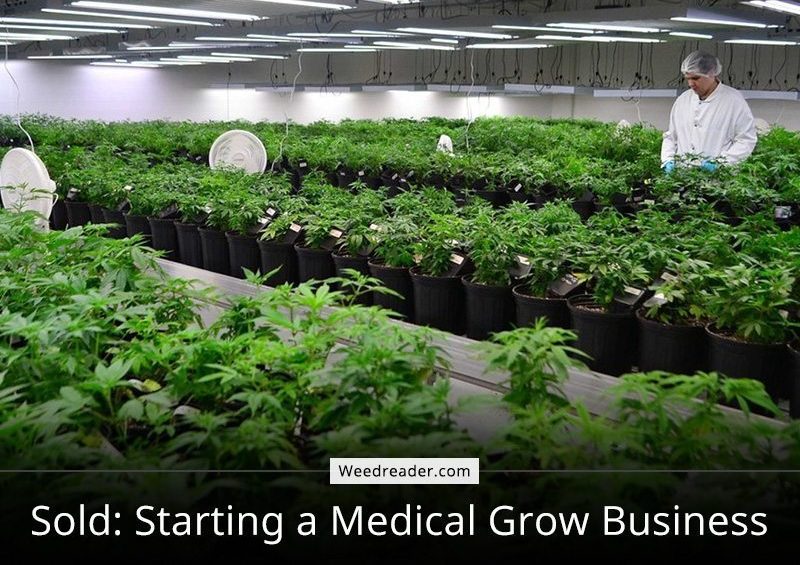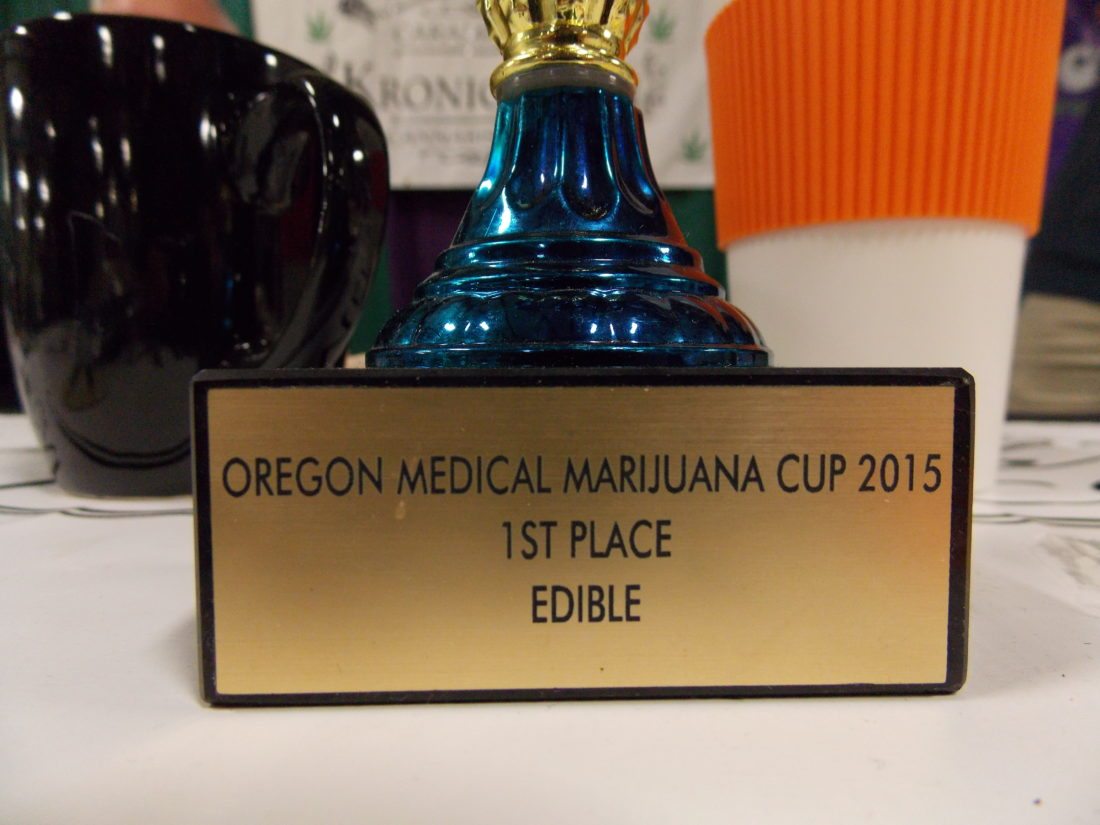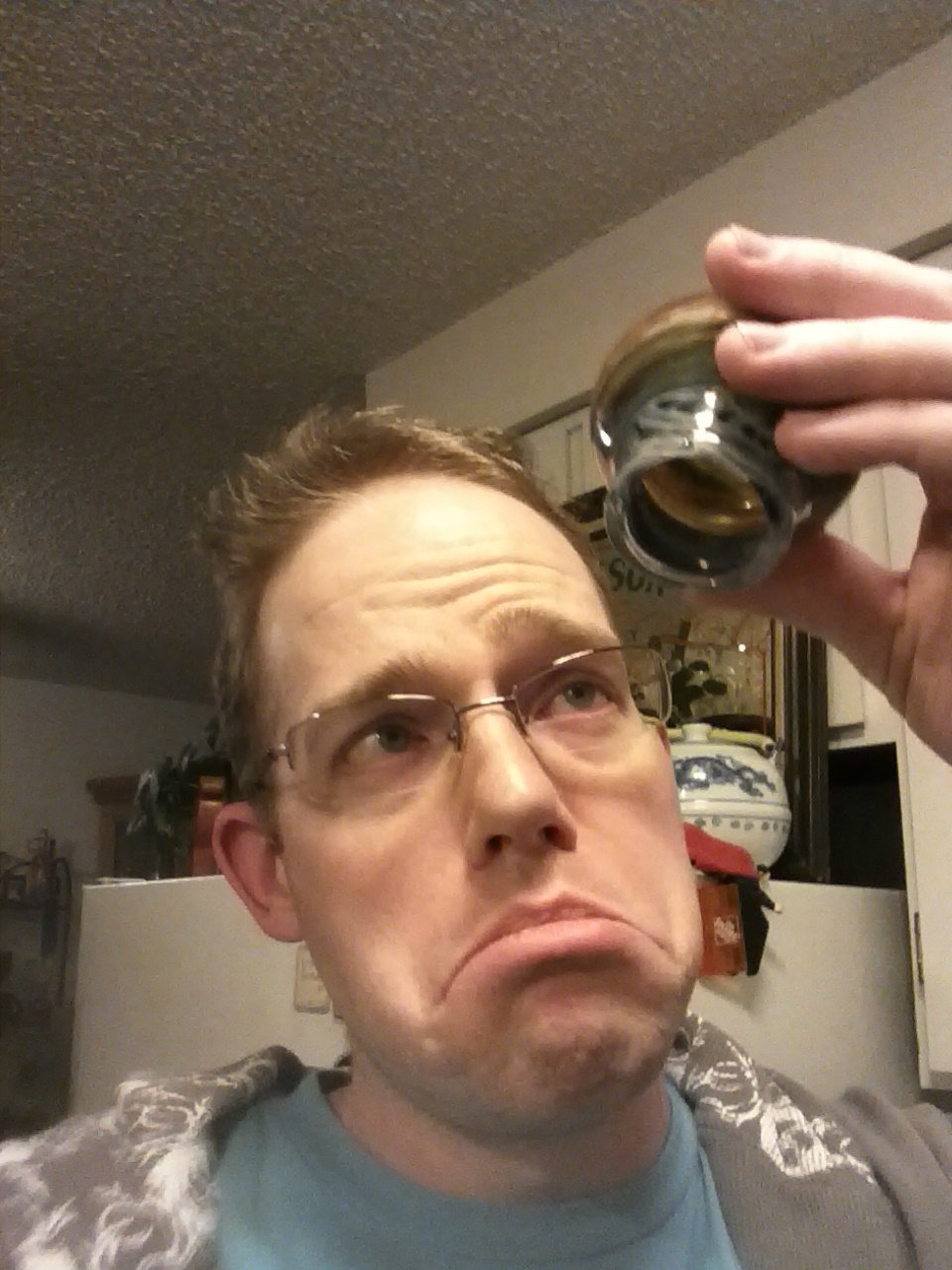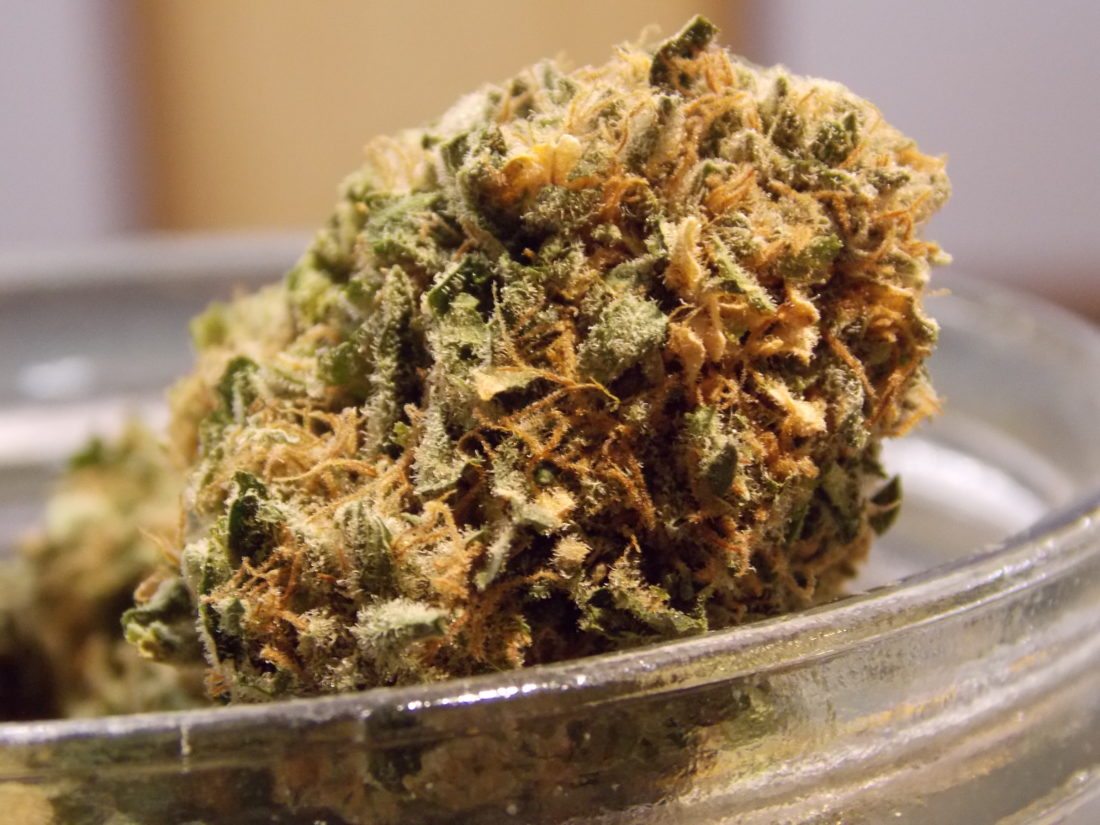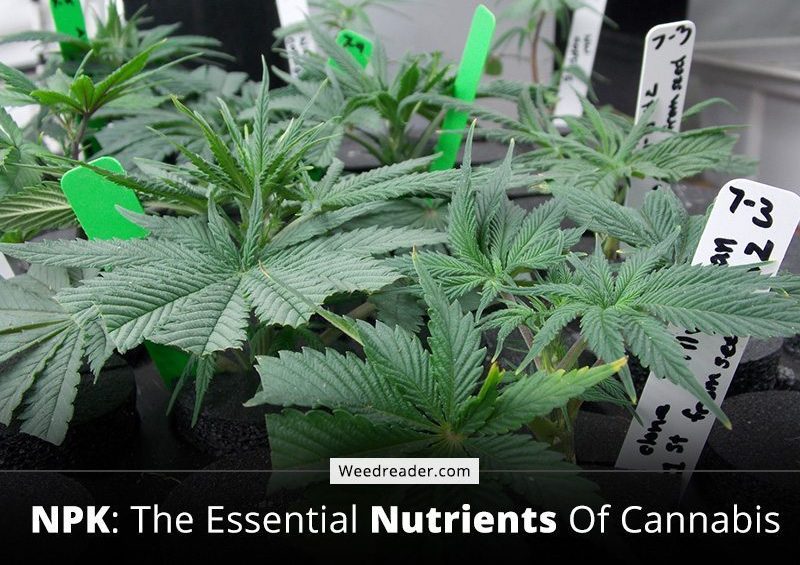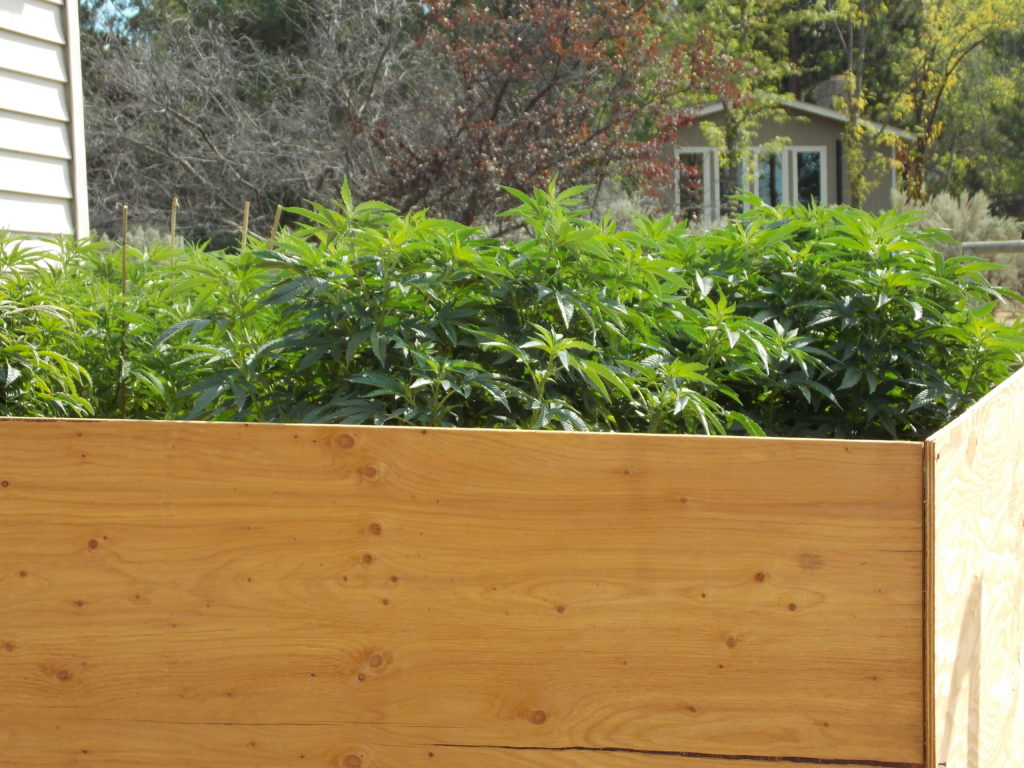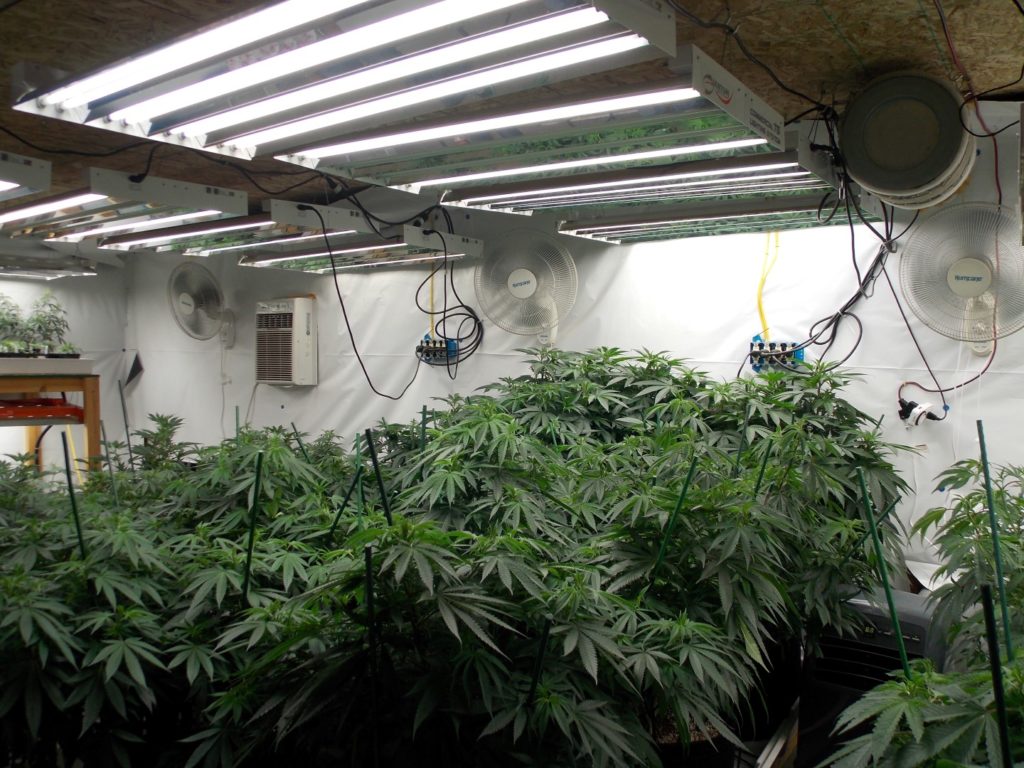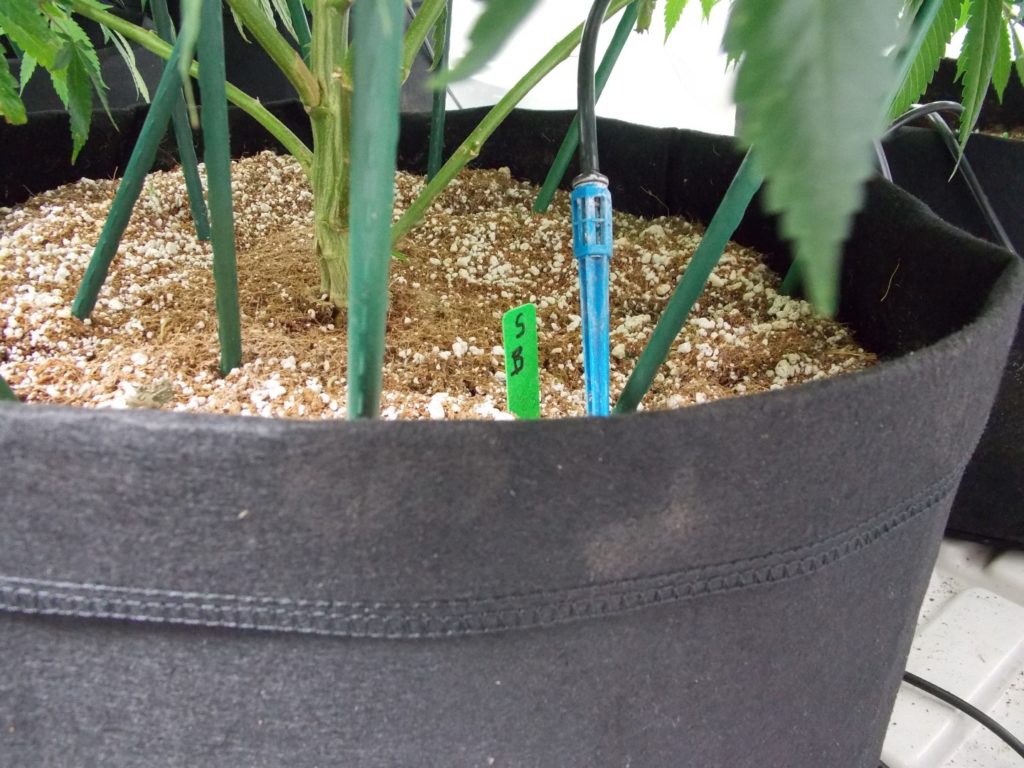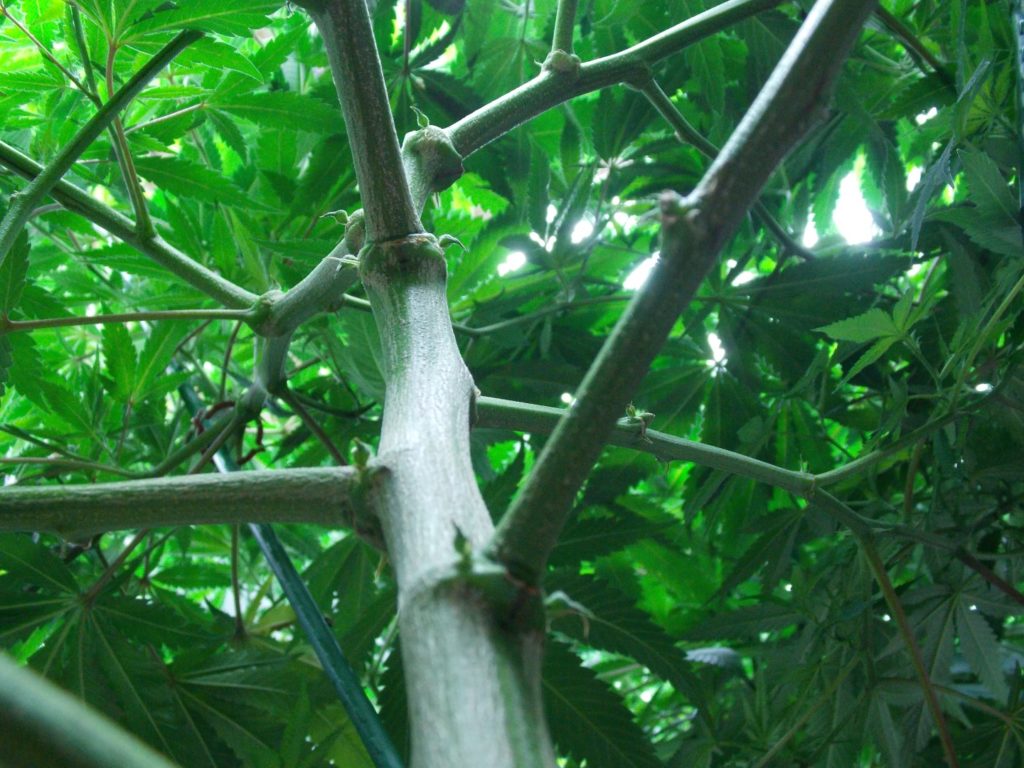As users of herb, it makes sense that growing our own bud would be the ideal situation. You may be thinking, “That sounds way too difficult and risky” but the reality is, it isn’t. With marijuana steadily becoming legal around the United States, the odds that your local police department will be knocking on your door for a few plants are relatively low. Just remember, loose lips sink ships.
I won’t lie, this project isn’t’ for the person that’s looking to throw some seeds they found in the bottom of their plastic baggie into a pot and stick in under a grow light in the basement. Sure, you might get a sprout but the reality is growing weed is a fairly simple project with a lot of distinct steps that any beginner could do, if they dedicate the time to do it right.
Why Grow?
If you are a regular user of marijuana then there are quite a few reasons why you should consider growing your own plant(s).
Save Money
How much do you spend on buying pot? Probably anywhere from fifty to well over a hundred dollars for a quarter ounce and how long that lasts depends on the frequency in which you smoke. Some folks spend over a hundred dollars or more a month on marijuana, continually over the span of years and years. This adds up.
For a smalls start-up cost, if you cultivate your plants well, this recurring charge could disappear.
Know What You’re Getting
When you grow your own, you know that it’s free of chemicals and pesticides. Just like eating vegetables from your own garden, it doesn’t get much purer than smoking the weed you grew.
Constant Supply
If you do this correctly, you can swing it where they flower on a regular basis, which will get rid of any dry spells your supplier might be going through. You’ll know how to ration between flowering stages so you always have a bud on hand.
Free From Trouble
Marijuana is legal in some states, it is still illegal in others. On top of that, marijuana is still considered a schedule in narcotic by the United States Federal Government. This makes purchasing without a card trick and leaves smokers who imbibe for reasons that don’t warrant medical approval stuck buying from street dealers.
When you have your own supply, you can keep your harvest hidden for yourself. It is important to be discreet. Local law enforcement will come snooping if you get too cocky.
What You Need
Before I can tell you how to grow your own marijuana plants, it’s important that you have all the proper equipment. It may cost a little up front, but when you reap a great harvest the money you will save when you stop purchasing.
Grow Lights
Good light is one of the most important factors in keeping a couple marijuana plants healthy and productive. When you choose to grow indoors you can’t exactly leave a plant sitting in your window for reasons we spoke about and, even if you could display your weed plant for the whole neighborhood to see, this wouldn’t be the most efficient way to get the best harvest.
During different stages of growth, the amount of light your plants will need will vary. Your best option is to get a grow light with a timer. Otherwise, you will need to be home at certain times every day to turn the lights on and off. If you are unfamiliar with the products out there this guide will teach you how to choose a grow light.
Plenty Of Room And A Tent
Find a good place out of the way and take a look at what grow tents are on the market. Get a tent that will fit in that space. They are fairly cheap and easy to put up and take down. Some tents are elaborate but, as a beginner, it’s always best to start small with any new project and let it grow into a hobby with fancy gadgets.
Exhaust Fan And Activated Carbon Filter
These can be sold together or on their own. You need both and if you buy them separately then make sure they will fit one another. This will keep the air in the tent from getting stagnant and give your new friends a healthy environment to grow in. It will also combat the heat and get rid of any odors.
Five Gallon Bucket Or A Cloth Pot
You can go with either of these although beginners are advised to j use buckets. Make sure you drill a hole in the bottom of them and place a saucer of some sort underneath them. Plants need to significant drainage so they don’t drown. Cloth pots come equipped with their own drainage source.
Soil
A good organic soil should do just fine.
Fertilizer
Organic products would be a good choice here. You will be fertilized quite often so get a good amount.
Peat Pellets And A Container To Hold Them
These will be used when you germinate your seeds.
Seeds
You can use the seeds out of the last bag you bought but have you noticed how bags don’t have the seeds they did back in the day? That’s possible because growing your own has become so prevalent they don’t want to lose clients.
Seeds can be purchased online as well and they are hidden pretty well. It’s been suggested to have them shipped somewhere other than where you plan on growing. This is up to you.
If possible get feminized seeds because you want all your plants to be female. If you don’t get feminized seeds you have 50/50 chance of getting a male. You can tell the difference between the male, with hanging bulbs, and females, with white wispy hairs. You want to get rid of the male plants as soon as you realize they are male. If they pollinate the females then your harvest will suffer.
Another note on seeds, healthy ones are marbled and hard like nuts. Dead seeds are black and typically hollow.
Let’s Get Started
I am going to list this one step at a time and take you from seed germination all the way to harvest.
-
Take your peat pellets and soak them in water until they swell up.
-
Place one seed onto each peat pellet. It should be a ½ inch deep into the peat pellet.
-
Put the peat pellets on the container or tray with walls.
-
Leave them in the tent at room temperature.
-
Keep the pellets moist by pouring water into the container or walled tray carefully. If you pour the water directly over the pellet you risk losing your seed in the overflow.
-
They should sprout in 3-7 days.
-
When they sprout, turn on your grow lights. Set their timers to be on for 18 hours and off for 6 hours.
-
Make sure your new sprouts are under the light.
-
Continue to keep the peat pellets moist. The seedlings will grow fast.
-
Roots will grow out of the pellet’s sides.
-
Take a 5-gallon bucket with a hole drilled in the bottom, or a cloth pot, and place some soil in the bottom.
-
Dig a deep hole in the middle and place the entire peat pellet into the dirt. One peat pellet per pot. Bury it deeply submerging ½ of the plants stem into the dirt as well. Roots will grow out of it.
-
Compress the soil only slightly. Don’t overdo it.
-
Give it water slowly.
-
Put your pots under the light.
Light
The amount of light your new weed plants get is important if you want it to grow some serious bud. When they are young, continue with the lighting schedule we listed above. When they are ready to flower, you should change the light schedule to and even 12 hours of light/12 hours of dark.
During those dark times is when your plants will start to grow the bud. You want to make sure the dark hours are continuously dark without any light interrupting it otherwise you can jeopardize your growth.
Watering
Be wary not to over water your plants. Vegetation can typically come back from a drought but drowning is the best way to kill any plant. Cannabis grows quickly because it is a weed, so it takes a lot of water. One way to check is to test the soil with the back of a finger. If it’s cold then the dirt is still wet. If its warm, then it’s dry.
There is no set watering schedule but new plants typically need water once a week while older plants might need some water every day. Try to use filtered water to save your plants from the fluoride and chlorine in tap water.
Food
If you keep your weed plants well fed, they will keep you healthy with their harvest. Some professionals suggest the 3/1 ratio. When you water your plants, three times there should be fertilizer in the water, the fourth time, give it just fresh water. So, if you water every day, it should be as follows: fertilized water 3 days, pure water one, repeat.
Pruning
To get your plants to grow like a bush pruning is imperative. Just pinch or snip off the branches, just above the node where two new shoots are emerging. You can try to use those snippings as clones for new plants.
Conclusion
If you follow the steps above you should be able to cultivate your own little weed garden inside your home. You’ll save money and have the purest pot you can find. The upsides of this are unbelievable. Just remember discretion is key to avoiding any unwanted attention.

